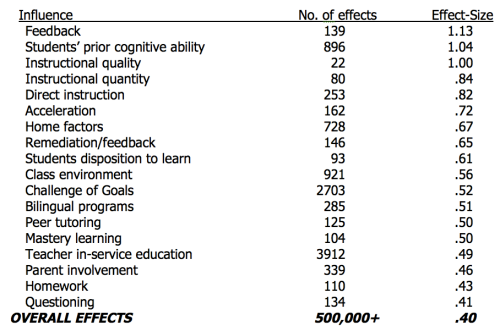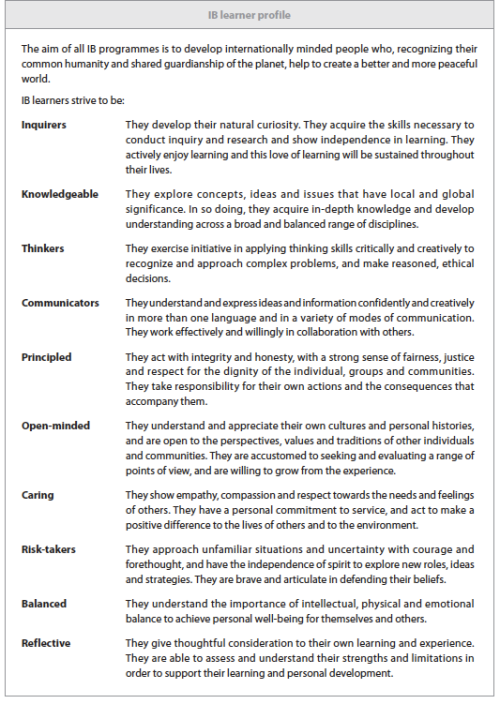‘Helicopter Resistance’… It almost sounds like human warfare at it’s best… Images of Apocalypse Now with ‘Ride of the Valkyries‘ score blaring in the background…. This is not an image that I ever thought of making any sort of reference to in an educational blog. However, the rise of the ‘Helicopter Parent’ is crippling economies and fracturing societal structures.
The term ‘Helicopter Parent’ was first coined by Cline and Foster in 1990 in their book “Parenting with Love and Logic: Teaching Children Responsibility” (pg. 23-25). Basically, ‘Helicopter Parent’ refers to parents who are over-nuturing and over-protective. According to Kathy Masarie MD, author of ‘Raising our Sons and Raising our Daughters, she says a ‘Helicopter Parent’ refers to;
“….a parent who pays extremely close attention to his or her child’s experiences and problems. These parents rush to prevent any harm or failure from befalling their children and won’t let them learn from their own mistakes, sometimes even contrary to the children’s wishes. They are so named because, like helicopters, they hover closely overhead, rarely out of reach of their child.”
Of late, there has been much thrust by organisations within education to provide parent education on resilience building to re-enable children to learn through their mistakes. The ‘Helicopter Parent’ like any other parent only wants the very best for their child. They want all facets of their child’s life to go smoothly without any problems, and to achieve the very best both academically and socially. Over my time as an educator across all sectors, domestic and internationally, I have seen a number of what could be called ‘Helicopter Parents’.
Subsequently, I have also come to see an increase in students becoming more reluctant in wanting to try and ‘have a go’, because of fear of failure. The students who I have taught have always gone away with two very important analogies at the end of an academic year…. One being the time that they themselves began to ride their own bicycles. Here they had to fall off to find their balance, and succeed at riding on two wheels.
The second being the story of the famous Thomas Edison.
The story goes that “Thomas Edison failed more than 1,000 times when trying to create the light bulb”. (The story is often told as 5,000 or 10,000 times depending on the version.) When asked about it, Edison allegedly said, “I have not failed 1,000 times. I have successfully discovered 1,000 ways to NOT make a light bulb [or a thousand steps to get it right].”
I have felt that there have always been two sides to the ‘Helicopter Parent’ debate. One being that students need to learn from their mistakes, and the other side sees parents not wanting the same detrimental experience of squashing creativity within their child, and for their child not to have the same hard slog at learning within school as they did.
Some time ago there was an article written in ‘Lifehacker’ titled; ‘How (and why) to Intentionally Set Yourself Up for Failure’. What I really enjoyed in reading this article was that;
“While it might sound counterintuitive, confusion is thought to be beneficial to learning. Researchers found that when you’re confused about conceptual topics, you tend to actually learn more effectively and bring that knowledge forward into new problems. The fact is, the more you struggle the more likely it is you’ll learn.
This article highlights the necessity for failure. However, it also makes reference to how as humans, we are still learning about how we learn! A colleague recently tweeted an article titled ‘The Science Behind how we Learn new Skills‘, which discusses the importance of going through the processes of learning and where failure is a part of this process.
Our brains are still a bit of a mystery. We’ll likely be learning about how our brain works for years to come, but we are starting to get a better idea of how we learn new things….Manu Kapur, a researcher at the Learning Sciences Lab at the National Institute of Education of Singapore, has reported (in the Journal of the Learning Sciences) that people who try solving math problems in this way [through exploration] don’t come up with the right answer—but they do generate a lot of ideas about the nature of the problems and about what potential solutions would look like, leading them to perform better on such problems in the future. Kapur calls this “productive failure,”…
See also; ‘Give yourself permission to suck, it’s the only way to learn‘.
Last month, there was an article written by Kasey Edwards and given reference to by the New York Times titled; ‘Paying for Playdates‘. The article articulates how parents are paying in the region of $400 per hour to have their child ‘schooled’ on how to play with others. However… “there is something horribly anti-social about paying for playdates. It pollutes the organic social connections that form between children, transforming play into a vile commercial and instrumental enterprise.”
While playdate lessons are an extreme example, it’s consistent with a wider phenomenon in which parents are seen as incompetent and incapable of accomplishing the most basic of tasks. Feeling insecure and unsure of our parenting abilities, we defer to ‘experts’ to intervene and advise us on how to raise our kids.
According to The Australian Institute of Health and Welfare (2012), there was a staggering $6.9 billion spent on mental health care last year. There is an average annual increase in this spending of 5.2%. Out of this, Medicare paid out a staggering $851 Million (for the 2011-2012 financial year) to mental health related services – more specifically psychologists and out-sourced programs which dealt with psychological strategies relating to mental health.
What are we doing to our children? Are we setting up the next generation for failure?








